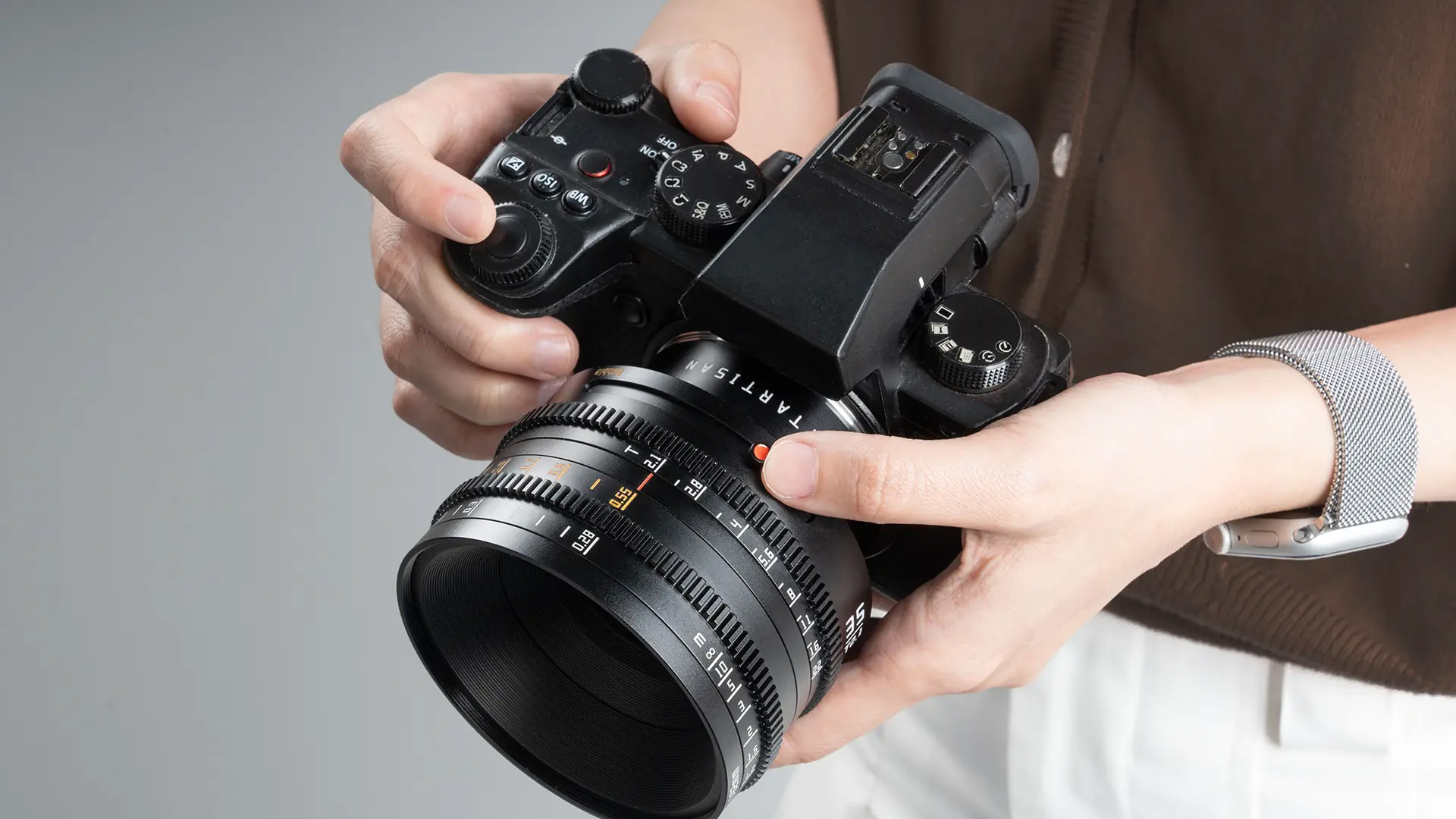I love to shoot different types of photography – which is why I have 7 ideas for getting creative with shutter speed
From wildlife to landscape, and from sport to aviation, taking control of your camera’s shutter speed can transform your photography
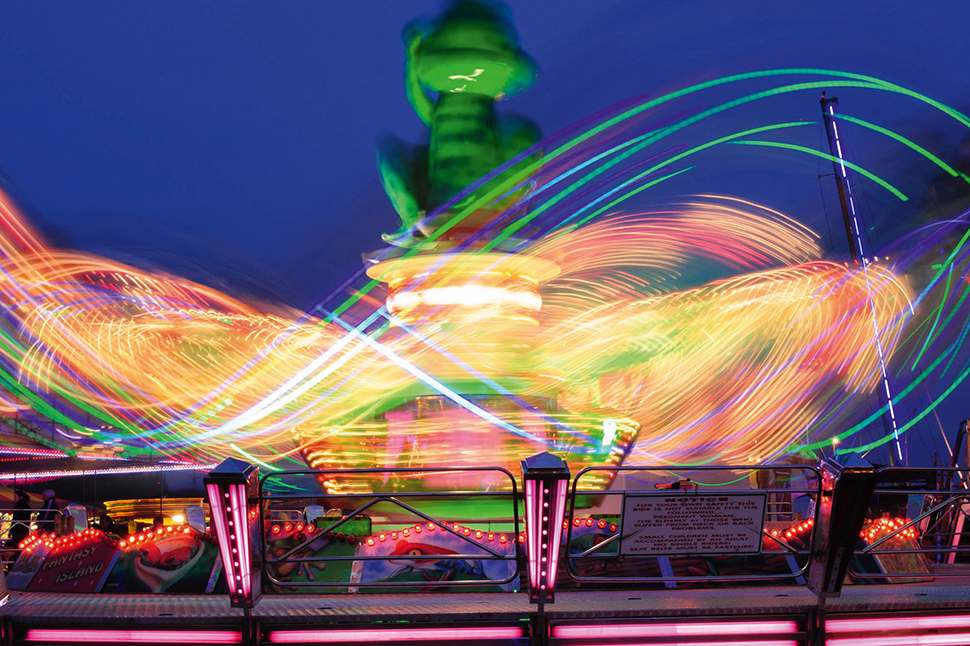
Taking decent photographs has never been easier – but to advance your own creativity you will need to think more about the aperture, ISO and shutter speed. There are many variables to consider; the subject, the lighting and the desired effect. For scenics, mounting the camera on a tripod will enable a small lens aperture to give lots of front-to-back sharpness while for moving subjects, a fast shutter will stop any movement. But there are no rules.
Here are seven situations where being deliberate with your shutter speed can pay off with better photos...
Birds in flight
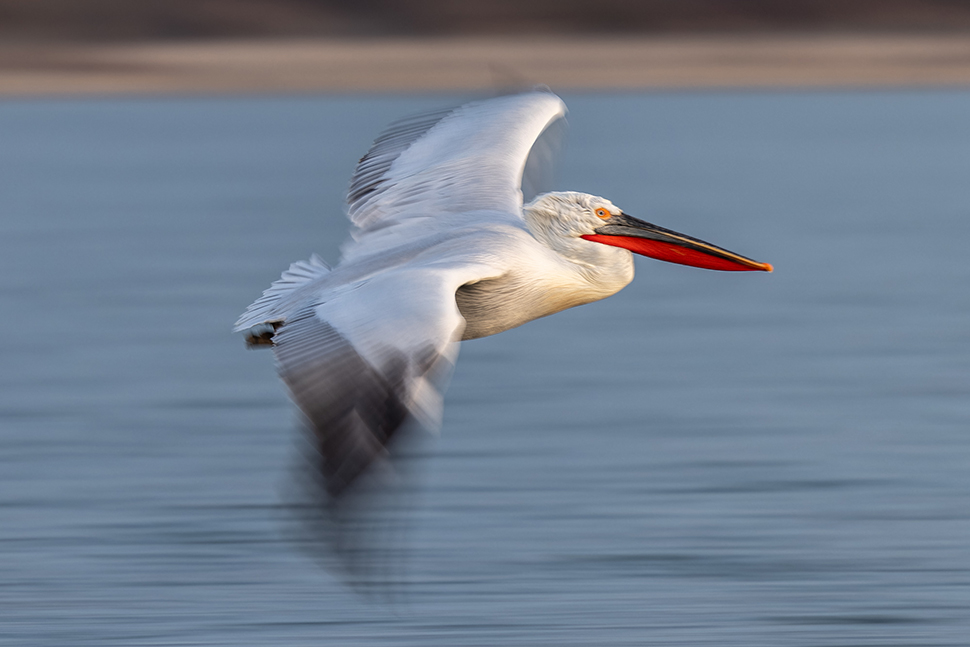
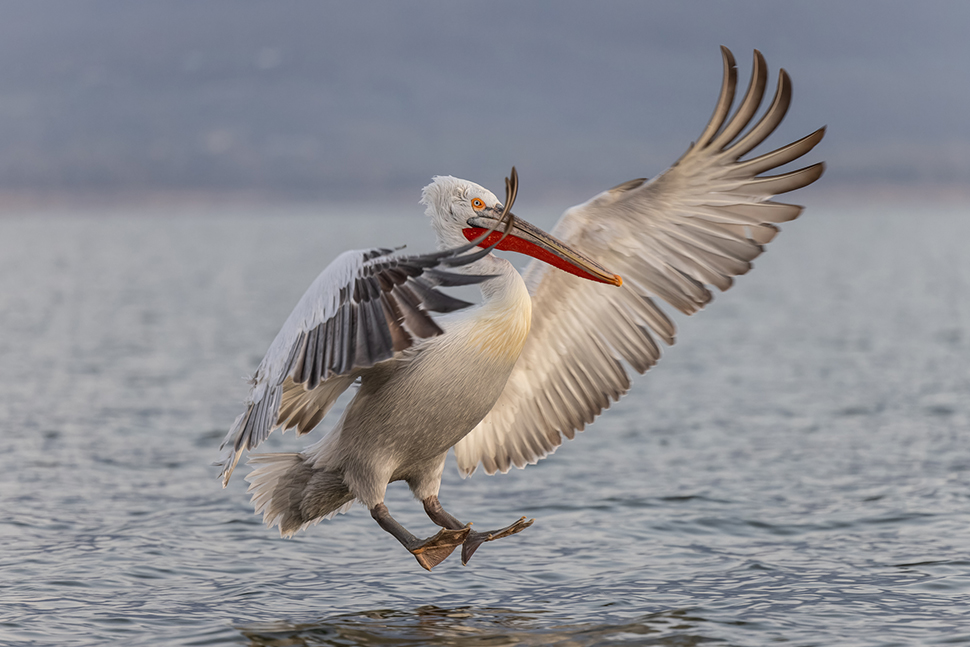
Go for a high shutter speed of 1/1,000 sec or faster to get a pin-sharp bird and completely frozen movement in the wings. Alternatively use a slower shutter in tandem with panning the bird’s movement so that it is recognisably sharp but with blurred wings against a smooth background. Both techniques work, so it just depends on the effect you want to achieve.
Fairground rides
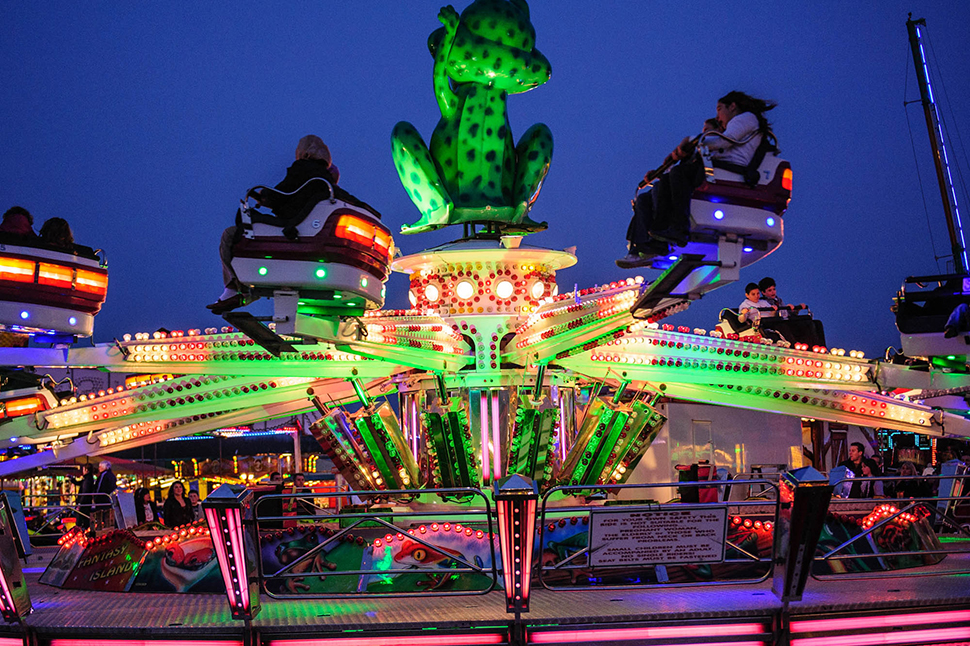

Fast shutter speeds, wide lens apertures and high ISO settings will let you capture sharp shots of many rides, but it’s more fun to get creative with longer shutter speeds. With the latest in-body image stabilizers, it is possible to get acceptably sharp handheld exposures at one or even two seconds, so if you have an IBIS-equipped camera then try tripod-free shooting.
Flowing water
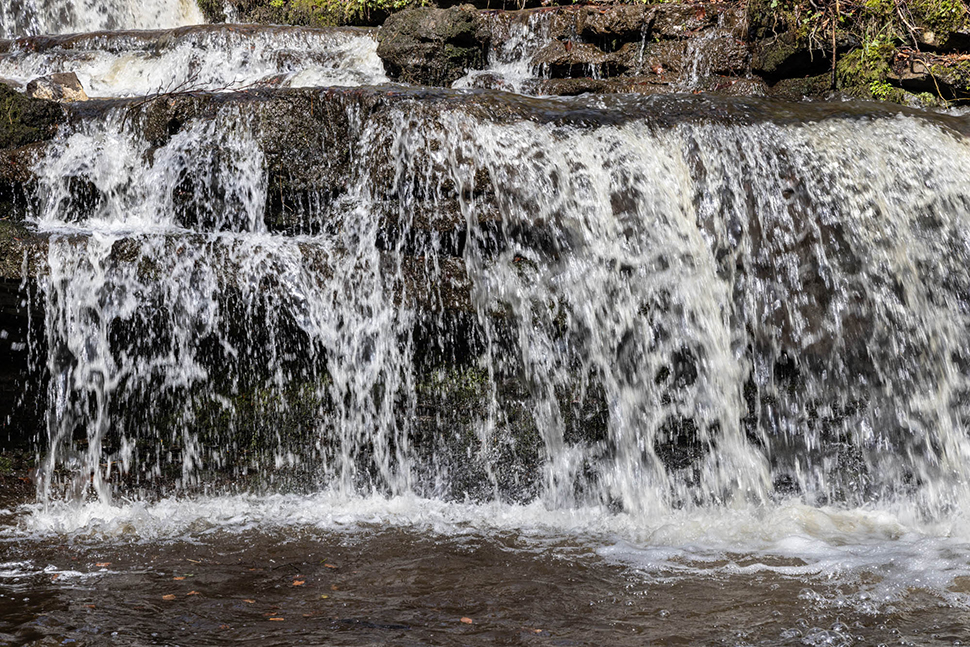
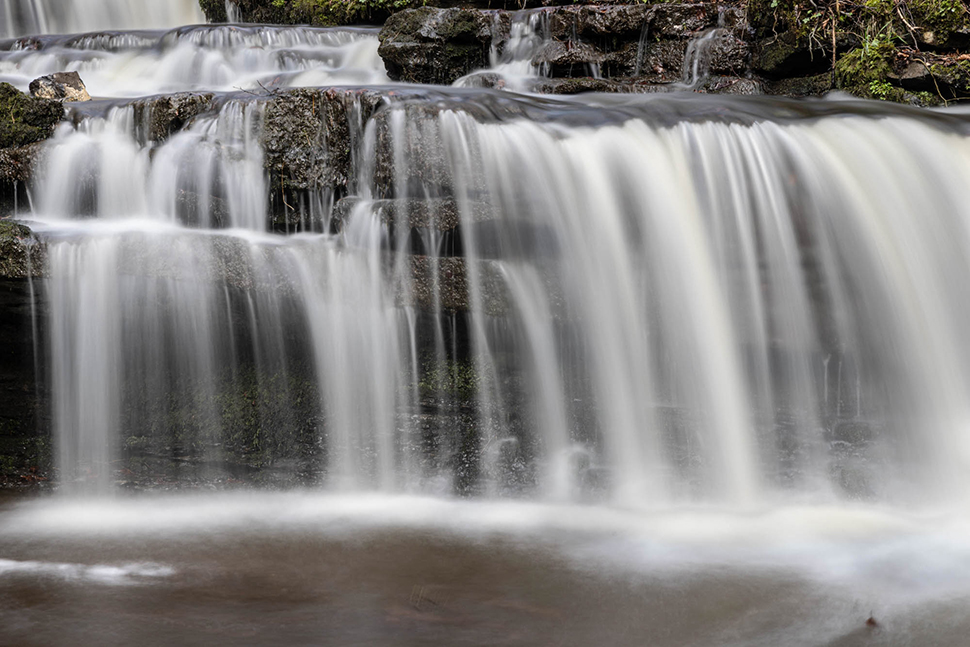
There are two schools of thought here: some people prefer moving water to be blurred, smooth and milky, while others like it sharp, crisp and full of detail. There is no right or wrong, it’s just a matter of taste. The shutter speed you require will depend on the desired effect as well as the water’s flow rate. A fast-flowing stream might blur pleasingly with an exposure of just a few seconds.
Splashing water
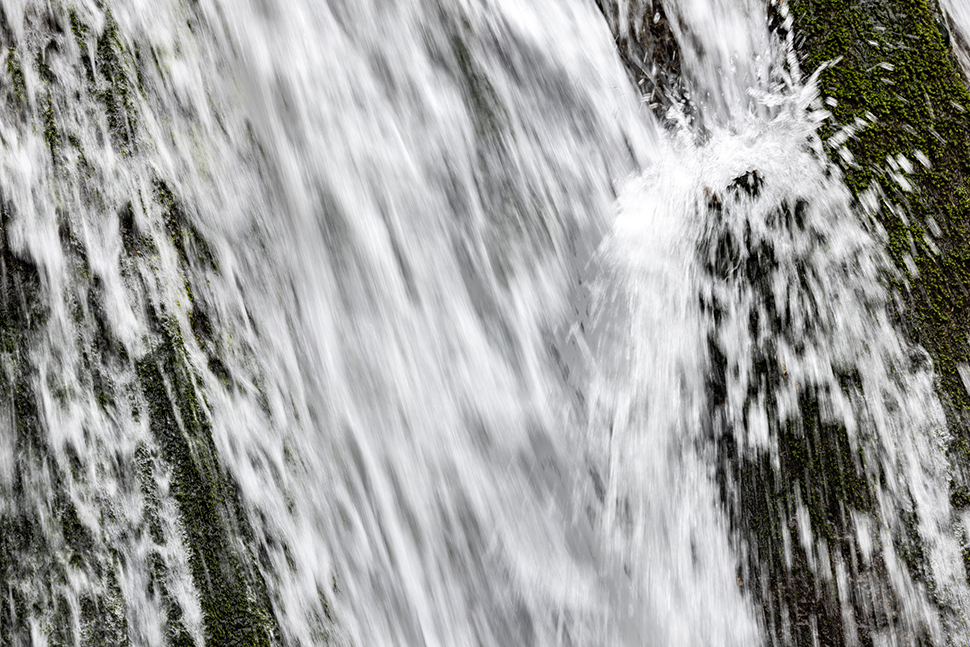
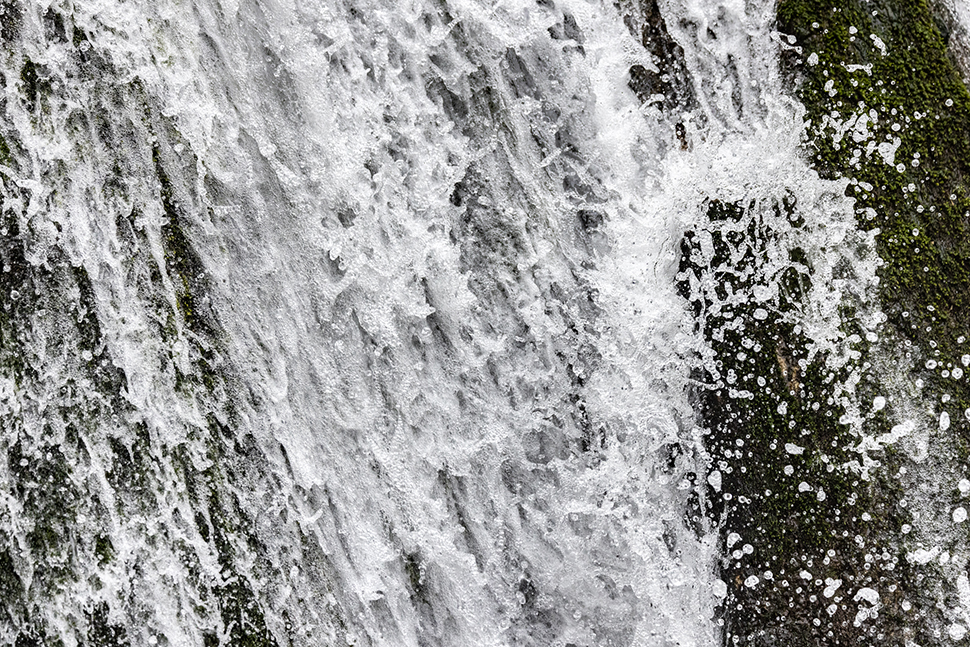
Splashing water, just like flowing water, can be depicted in different ways depending on the shutter speed. A fast shutter will ‘freeze’ every droplet and, for this, you will need 1/1,000 sec or more. In flat light, you may need a faster ISO and a wider aperture to enable this. In sunlight, the problem could then be the contrast that might not be recoverable, even from raw files.
Moving skies
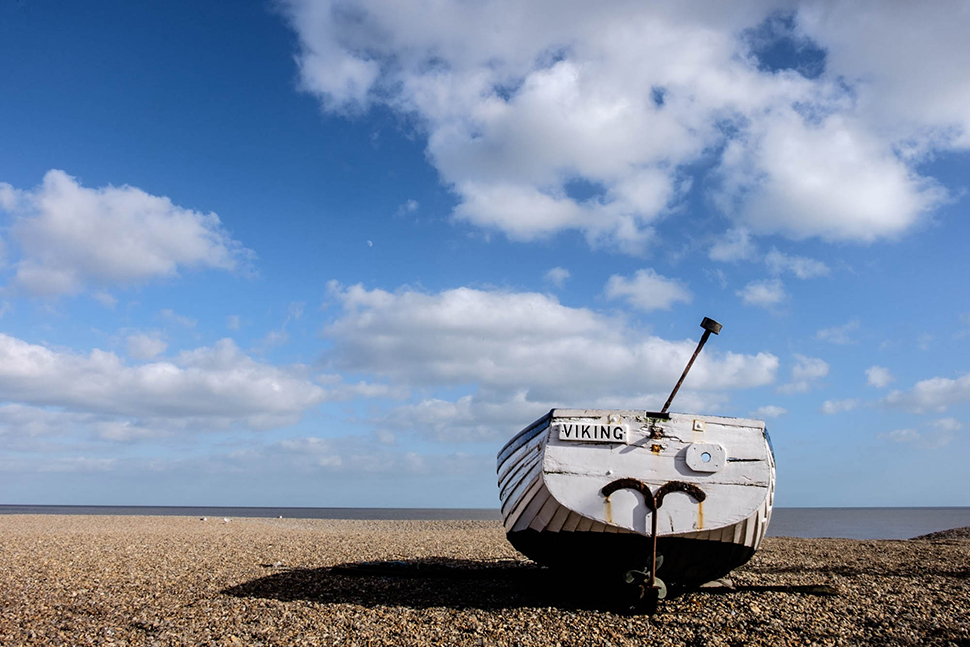
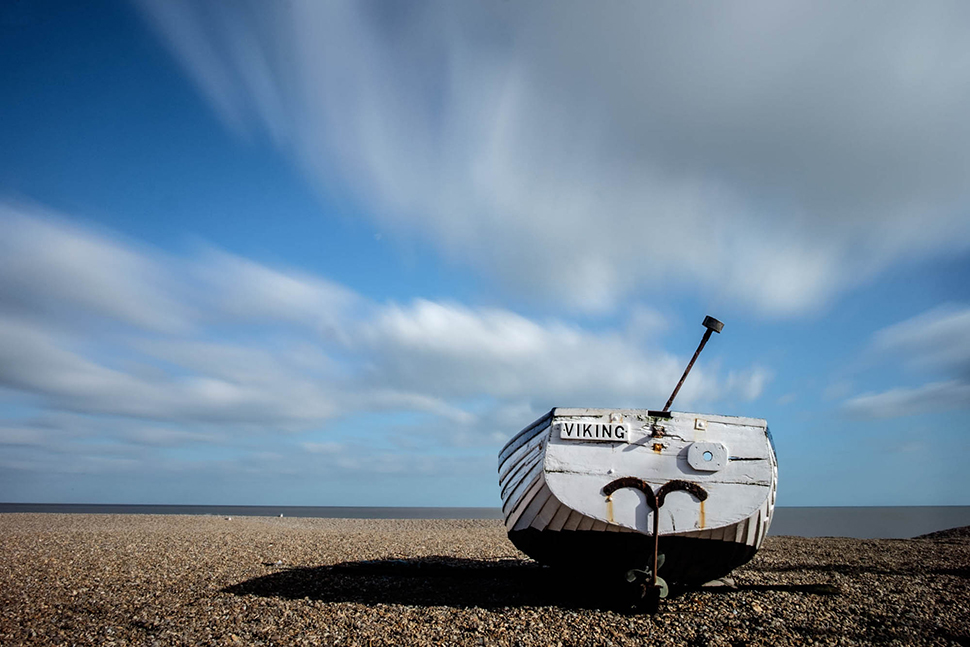
Capturing sky movement needs a good tripod and a sky with cloud detail. You’ll also need a strong ND filter to enable ultra-long exposures without overexposure. A 10-stop ND is a good start but better still, a 15-stop ND. If the speed required is 1/125 sec for a normal exposure, using a 10-stop ND takes this down to eight seconds, while a 15-stop ND will allow a four-minute exposure.
Sporting action
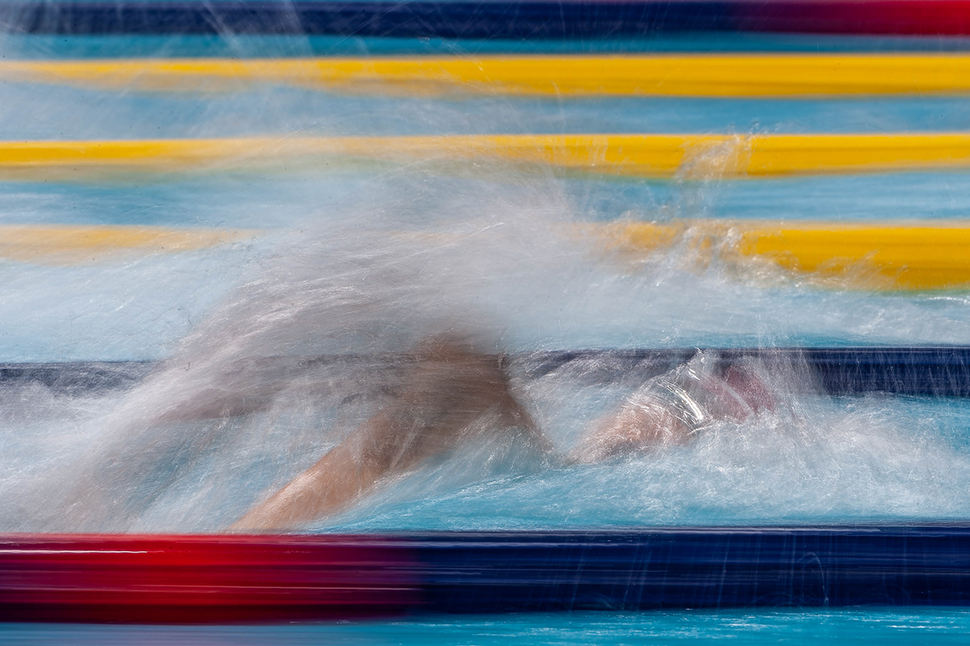
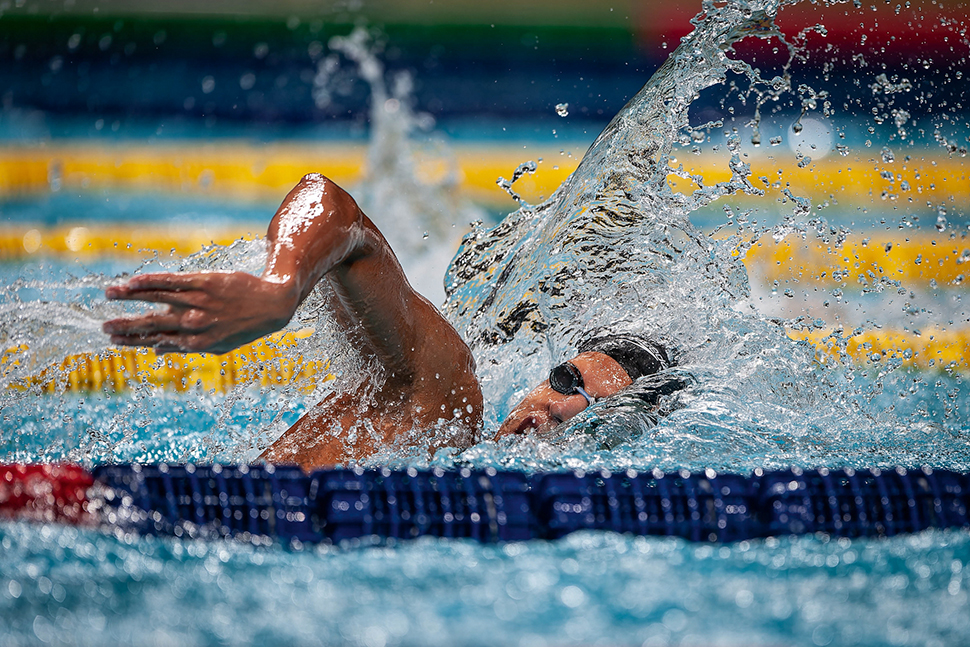
In action photography, sharpness is the priority so fast shutter speeds are essential. The faster the action, the faster the shutter speed you need, but there are other factors to consider. With cricket, football and swimming, speeds of 1/2,000 sec or 1/4,000 sec are best, while for motorsports, cycling and aviation, a fast shutter speed works against you, with the results looking static.
Planes in flight
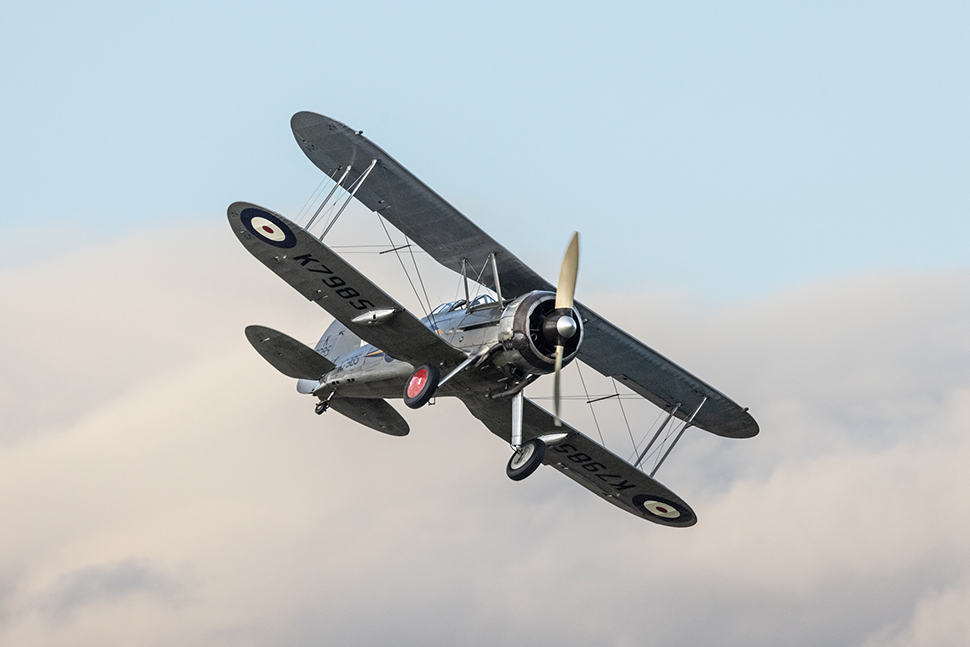
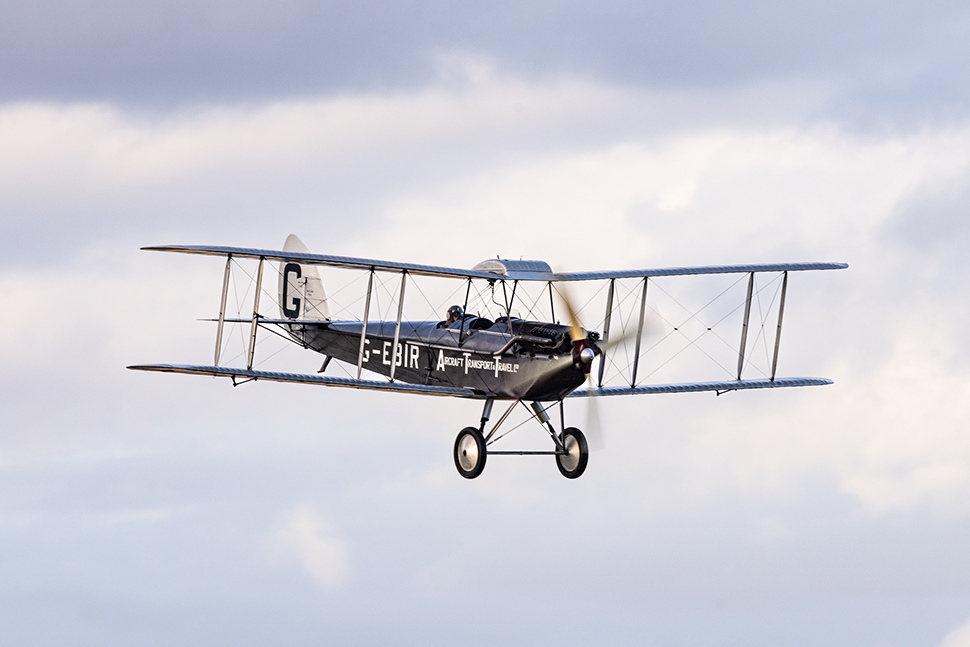
Photograph jet planes, and their high speed demands a fast shutter. Propeller planes are less rapid so you can get away with slower speeds, but there is another reason why fast shutter speeds work less well. Shoot a plane at 1/1,000 sec and the propeller can look almost static, so you’ll get more appealing results if you drop down to a shutter speed in the region of 1/200-1/320 sec.

Take a look at our shutter speed cheat sheet, and take a look at the best cameras for wildlife photography, the best lenses for bird photography, and the best cameras for sports photography and best lenses for sports photography.
Get the Digital Camera World Newsletter
The best camera deals, reviews, product advice, and unmissable photography news, direct to your inbox!

Will is a freelance photographer and imaging journalist based in Cambridgeshire, UK. Over the years, he’s edited Practical Photography, Digital Photo, Photography Monthly, Advanced Photographer and, most recently, Photography News. He is a fellow of the Royal Photographic Society and sits on its Travel distinctions panel.
